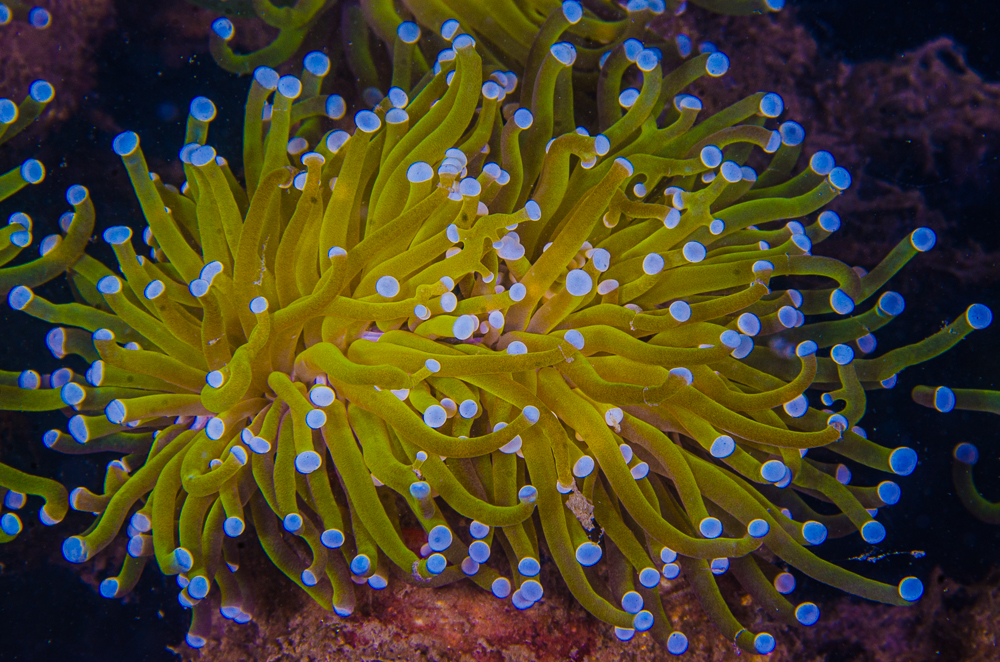
When I started in this industry during the 1990s, we would prophylactically treat every marine fish shipment. The justification was that these treatments helped the animals cope with shipping stress, and helped ward off disease. The thinking was that when fish landed in a completely new world. They were highly stressed, having to adapt to a wide range of new realities including differing water chemistry, lighting regimes, and unfamiliar foods. Their immune system would be impaired, so treating them prophylactically would prevent parasitic disease outbreaks as well as head off secondary bacterial infections.
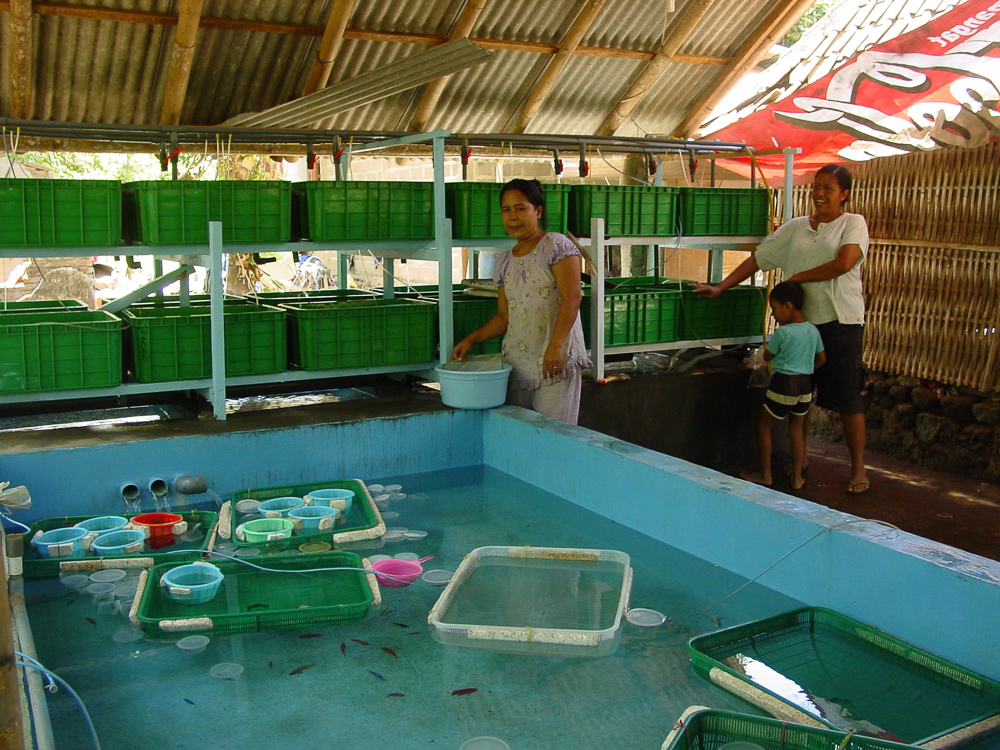
I can still hear my former boss at that time, explaining to me how they didn’t have to do all these treatments 10 years earlier, and back then they had no problems.
Well, I think the same story is now repeating itself in the coral industry. Animals are going through much more stress than they used to. Even though there has always been a problem with the health of Indonesian Elegance Corals (Catalaphyllia jardinei), those problems were historically restricted to just Elegance Corals.
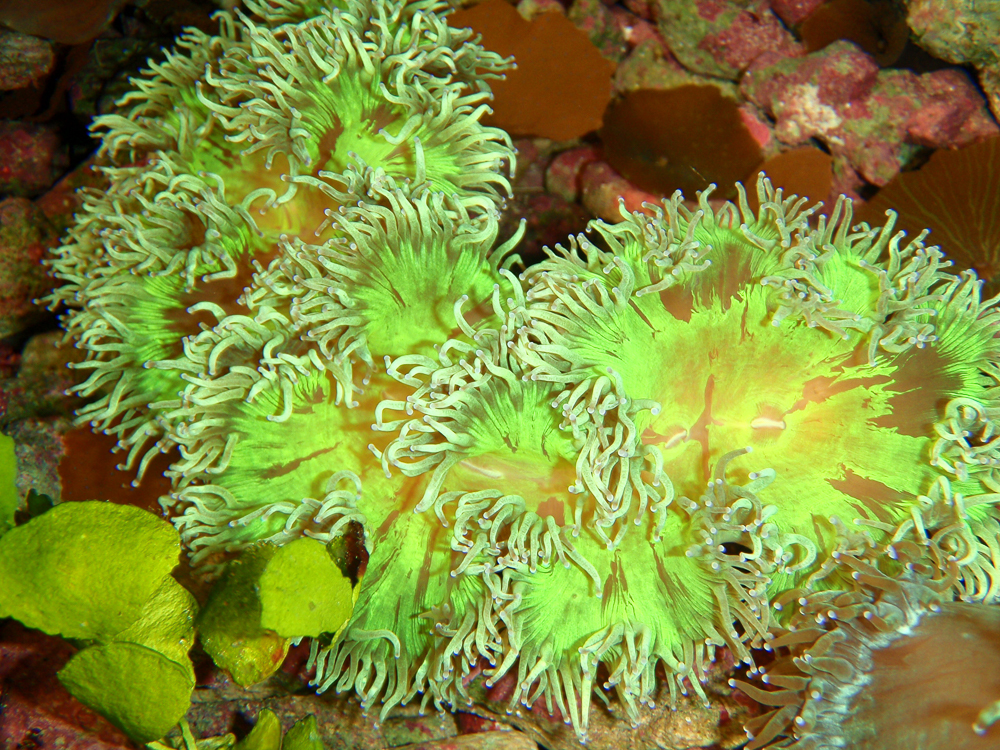
But now, it’s Torch Corals (Euphyllia glabrescens), Hammer Corals (Fimbriaphyllia ancora), Long-tentacle Plate Corals (Heliofungia actiniformis), and even Lobos (Lobophyllia sp), that are having problems with disease. I even heard that some Donut Corals (Acanthophyllia deshaesyana) are now arriving in poor condition, breaking down with various maladies, unlike they have in the past.
Fishing Grounds Are Further Away:
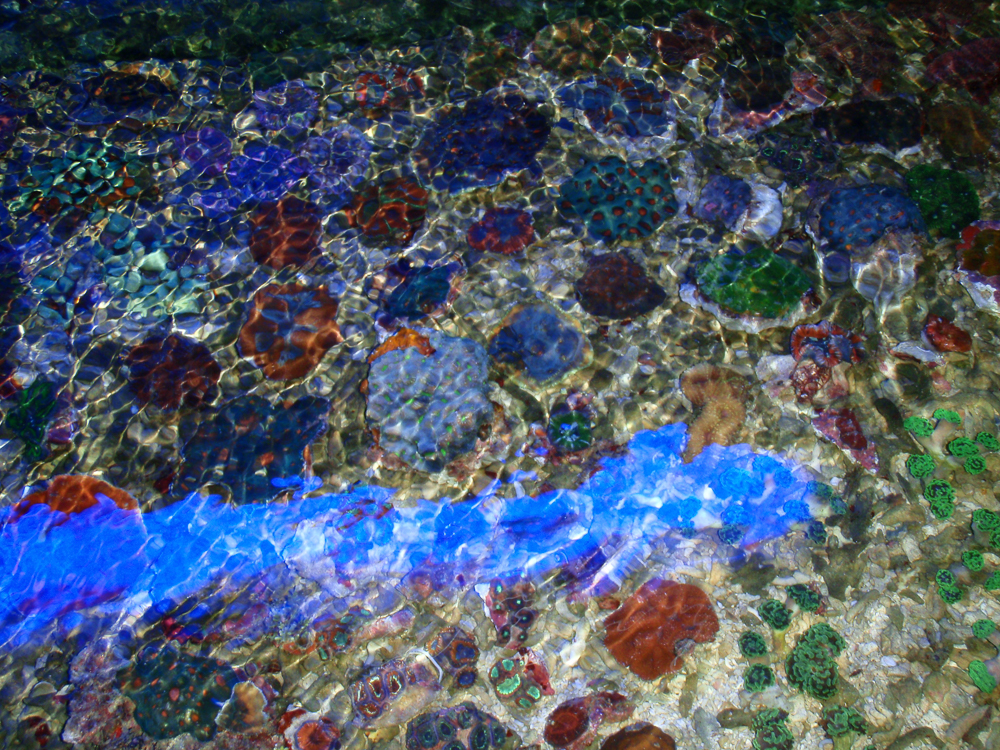
While in the US, they were suspecting an Elegance coral disease, and I knew already what was happening. I’ve been in this industry for quite a long time now, and 20 years ago, when I saw what Elegance corals were going through to be exported, the problems people were having on the receiving end didn’t really surprise me. I saw Elegance Corals packed in nothing other than wet banana leaves for over 24 hours. Sure, they were biologically still alive after this reprehensible treatment, but for how long?
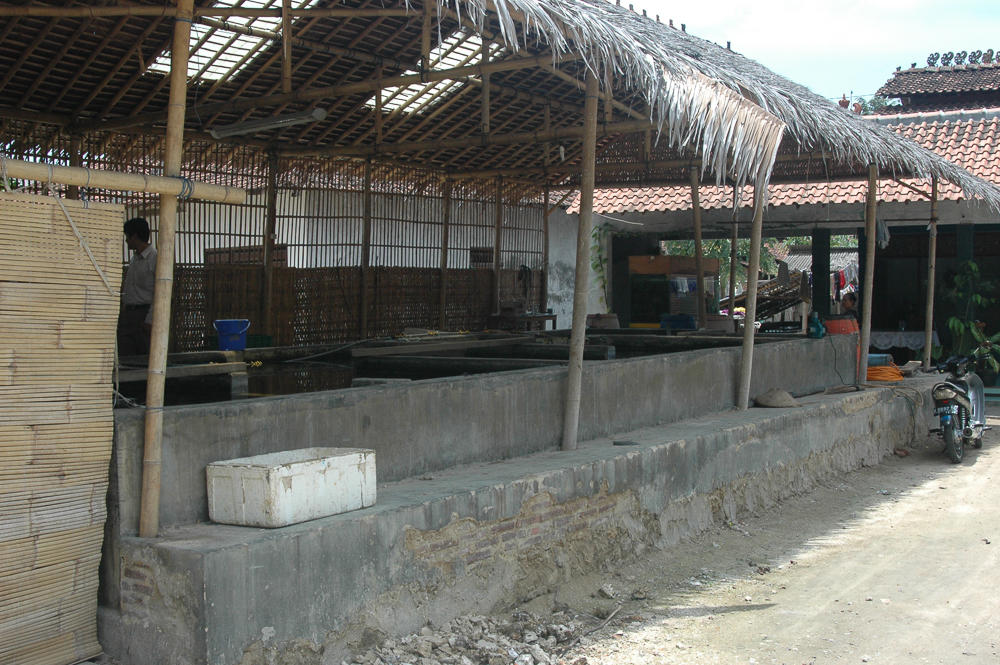
Now, considering that coral reefs around Indonesia have been declining pretty fast, corals are collected further and further away from holding and export facilities. Indonesia’s wild-harvested corals spend more time on the boat, stored in containers with fluctuating temperatures, and are cycled through a multitude of poor-quality holding systems before they even leave the country. Even in Australia, it takes longer to collect the same amount of corals than before, and collectors have to travel farther.

I still recall trying to explain these realities to remote coral collectors, and how corals were being affected. I felt like I was speaking “martian” to them. And 20 years down the line, at the other end of the chain, they speak of yet another mysterious coral disease.
Longer Transit Times:
Today’s reality means that even though we can have better air transportation and reduced transit times internationally, corals may not been seeing these benefits. The overall transportation time is not really reduced. Corals are spending more time in transit in their countries of origin. Furthermore, some importers still try to save a couple of bucks on the freight and choose poorer flight connections that cost less, but simply aren’t as quick.

New markets are opening up for corals as well, increasing demand and shipments to locations with less established transit options. For example, 20 years ago, destinations such as South American countries were never importing corals. However, today, they are routinely, directly supplied with corals.
Then finally, there is the paperwork, and procedures that take a few extra hours, adding to the overall time that corals are held in bags. 20 years ago, there was no pre-packing inspection, no X-Ray controls, and the paperwork was so much simpler and faster. Any time reductions seen through general shipping improvement are quickly lost to the time these new practices demand.

All these procedures are supposed to guarantee the health and legality of the animals, but in the end, it works against them.
The popularity of online shopping might seem like a good thing and convenience. 20 years ago, a coral arrived at a local retailer, and when purchased, it was simply driven home, often representing a very short trip. Now, that same coral lands at a retailer, but instead of a short car ride home, it is packaged up for yet another extended trip, often by air-based transit, being exposed to the elements before ultimately arriving at the home of an aquarist. Online shopping creates one extra, risky trip for a coral that has already been through many legs of its journey.
This kind of treatment should be left to professionals:
If we can understand what corals are enduring, we can start to consider why there may be more problems with wild corals today than there were before. As a result, just as I first experienced with fish, the use of prophylactic treatments in an effort to ward off coral disease and mortality appears to be rapidly on the rise.
In response to this, I must emphasize the importance of proper professionals in this industry using veterinary supervision. Antibiotic treatments are not a small thing. The dangers of using such these treatments, the potential risks of their misapplication, and problems caused by improper disposal, are grave concerns of mine. That’s why I strongly believe that antibiotic treatments should only be applied to corals by professionals that have been in the industry for a long time, with a reputable history, and under veterinary supervision.
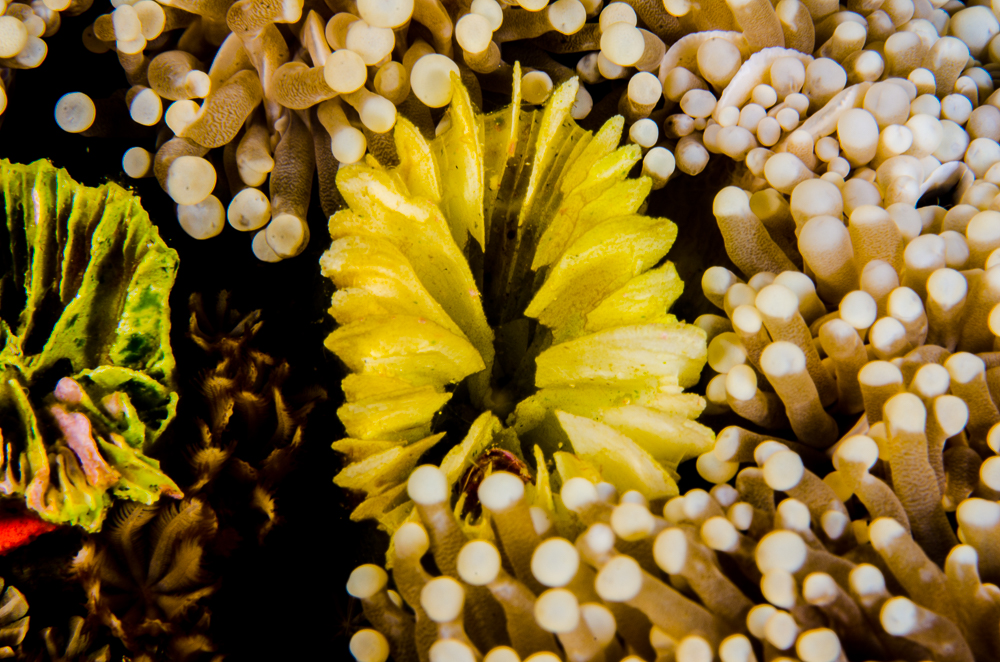
What does this look like for the aquarist? You get corals that look good, for a while. Then they stop expanding, start shrinking, and turn to brown jelly within a few days. I believe that these sorts of disease problems are the consequence of improper handling in the months before you actually bought your coral. But that’s also the consequence of not using a respected seller, trying to save a few bucks, and haphazardly applying antibiotic treatments in an effort to get compromised corals to survive.
How does an aquarist avoid all this? It sounds so simple: always buy your corals from respected, professional sellers.
This is a perfect time to remind everyone that mariculture corals always go through significantly shorter transit times, as they are generally cultured close to shipping hubs.
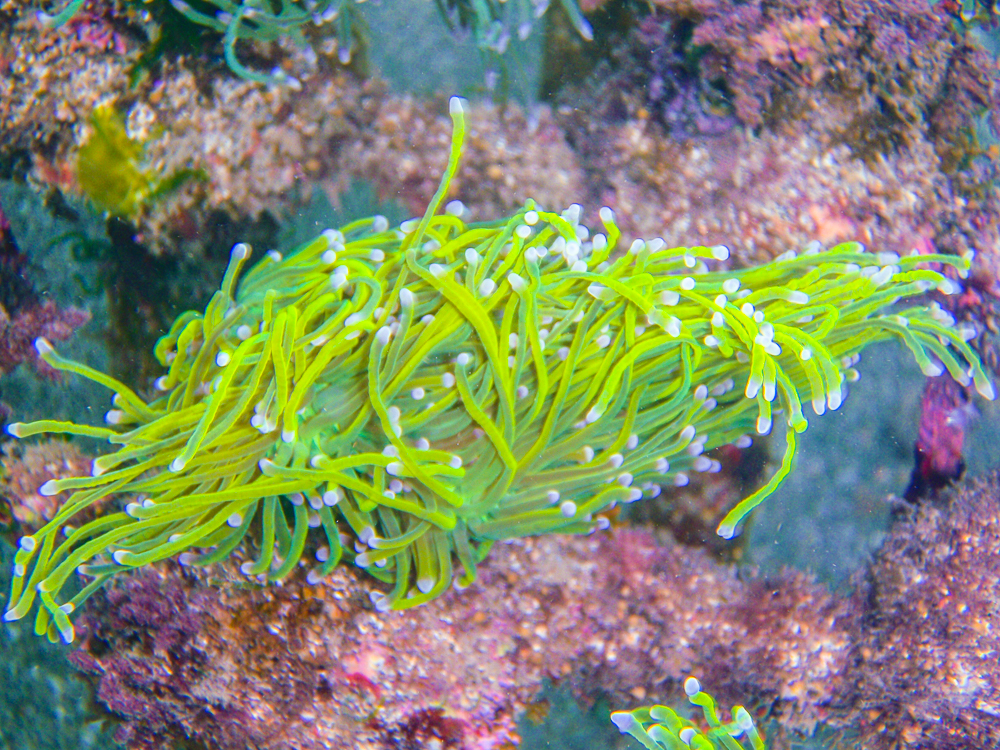
Bleached The Used Water:
And finally, if you have no other option than to treat your system with antibiotics, you should do it under veterinary supervision. Yes, I realize veterinary support is not an easy thing to find, but I encourage you to seek out this professional support. It may sound like overkill, but please bleach your discarded water after treatments to kill any potentially resistant pathogens that survive your treatments.
The moral of the story is always the same:
- I encourage you to seek out maricultured or farmed corals, not freshly-chopped corals just glued on a base.
- Select your vendors carefully, and give preference to those that are nearby and reputable.
- Quarantine your corals for at least 4 to 6 weeks.
- If you use antibiotics, do it under veterinary supervision
- Always discard your treatment water carefully.





Yes unfortunetly we had lot of bacterial issue comeing into our system from indo,witch killed lot of corals for no reason!
We can all learn from this!Thank for shareing!